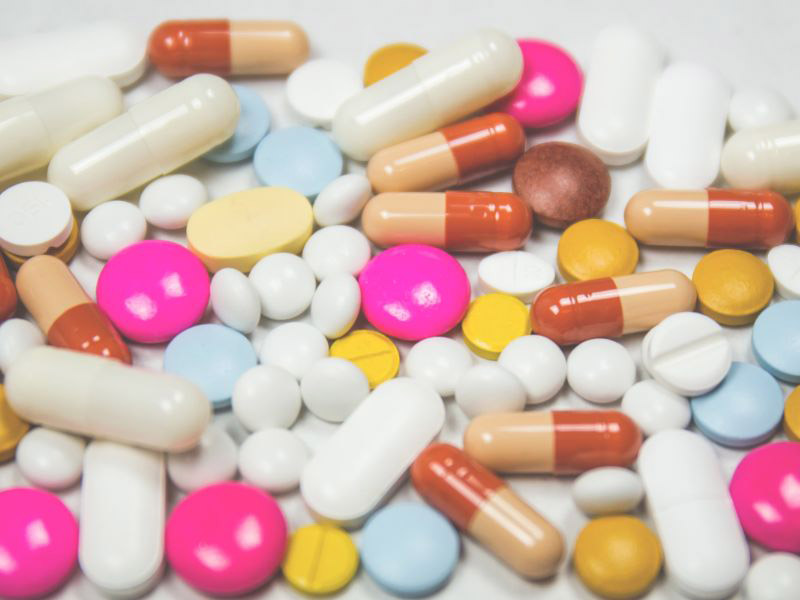Theophylline Removal From Wastewater
Theophylline is a widely used drug belonging to the class of methylxanthines, which are known for their bronchodilatory properties. It has been used for decades in the treatment of respiratory conditions such as asthma and chronic obstructive pulmonary disease (COPD).
However, the improper disposal and excretion of Theophylline-containing waste have led to its emergence as a contaminant in water sources, posing risks to both human health and the environment.
In this article, we will explore the various aspects of Theophylline, its uses, the emerging contaminant concerns, and the most effective methods for removing Theophylline from water.





